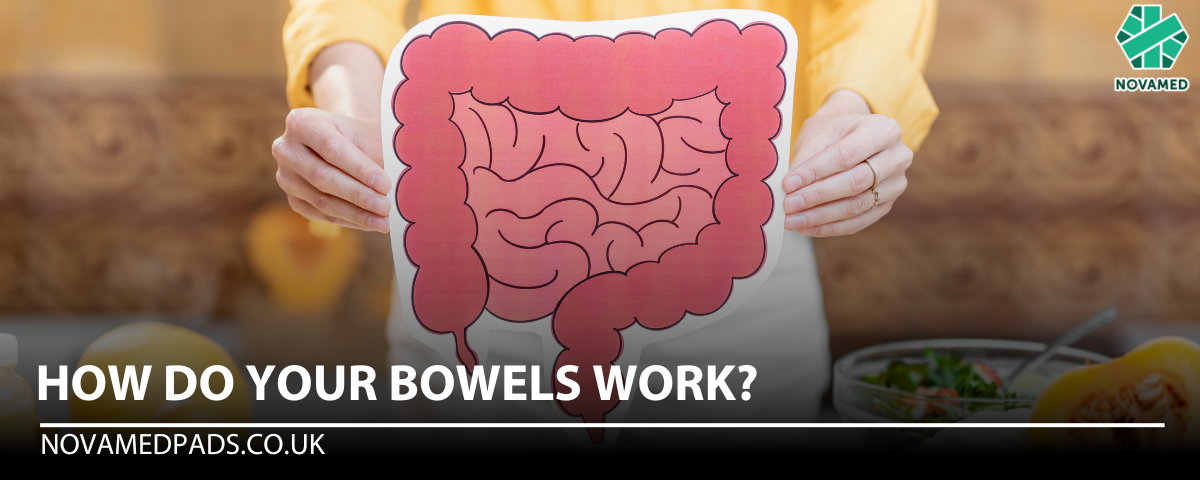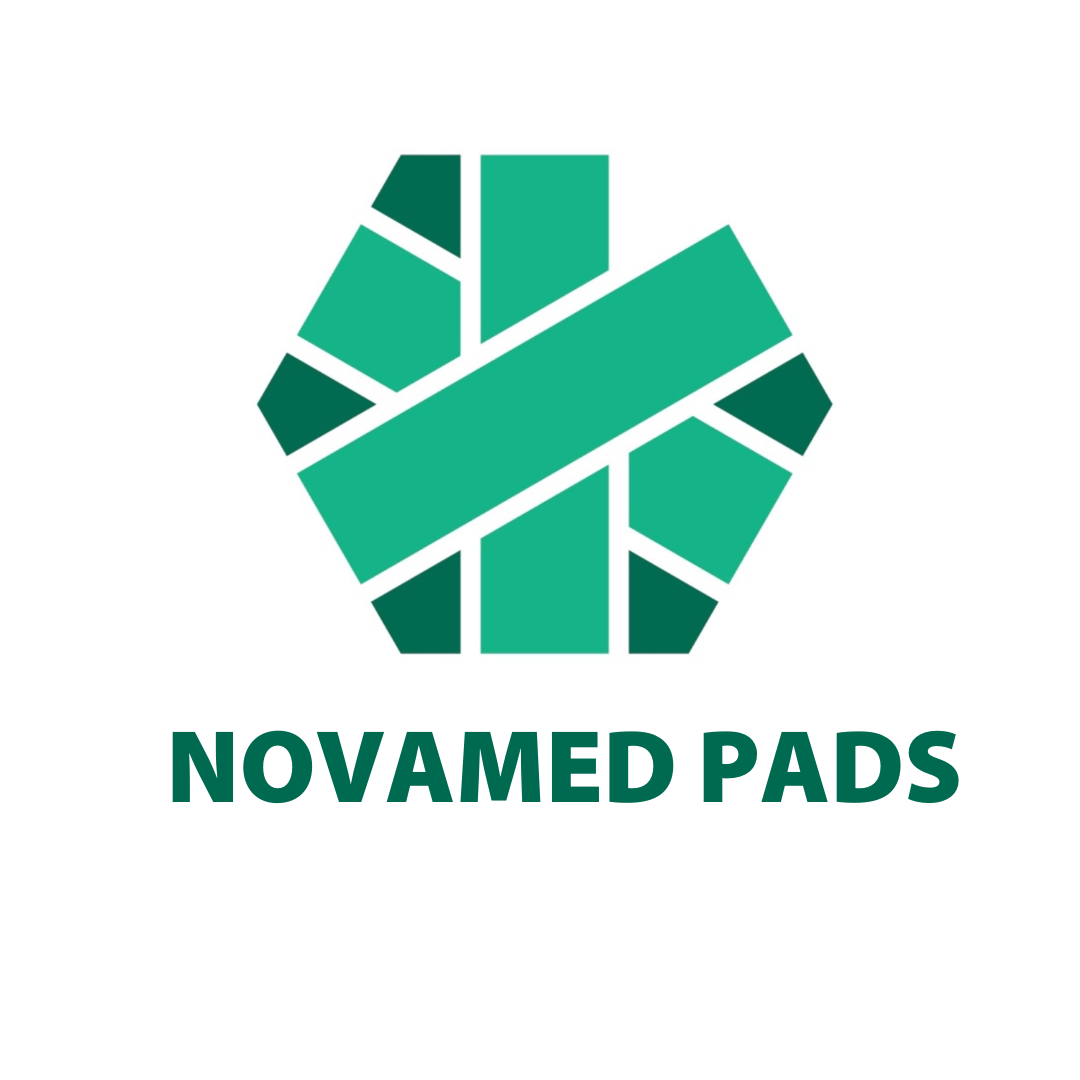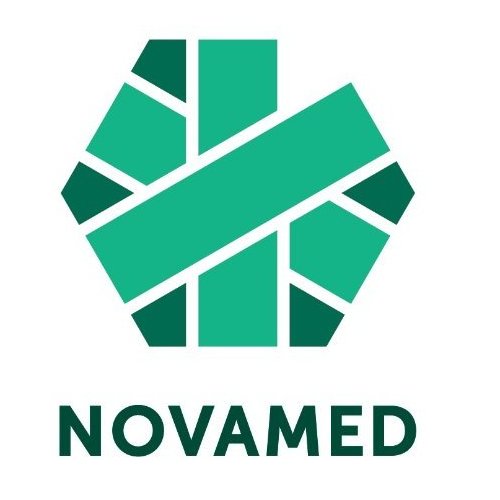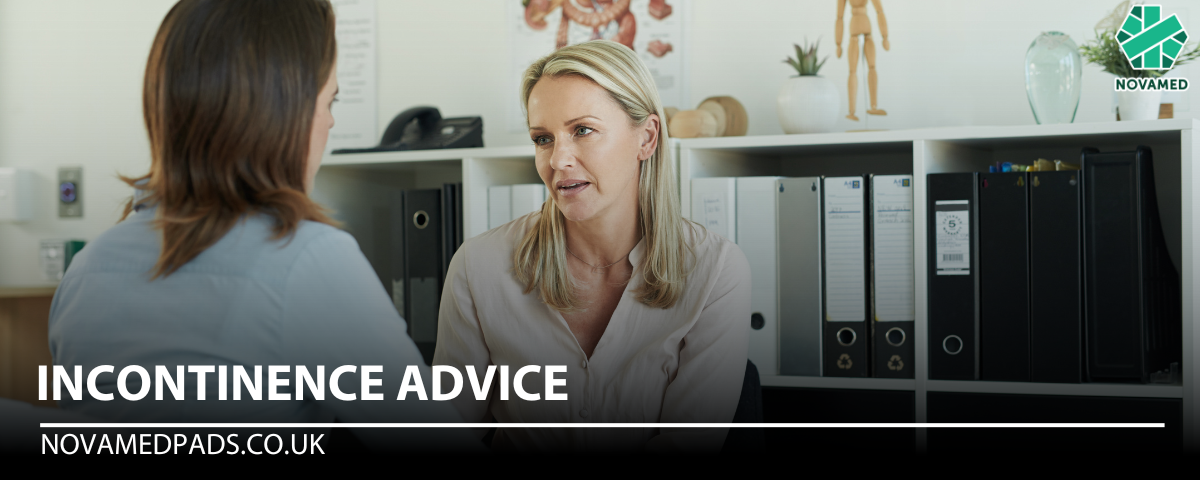
How Do Your Bowels Work?
If you're curious about how your bowels work, we've gathered all the information you need. In this blog, you'll learn about the different components of your gut, how digestion occurs, and how waste is excreted from your body.
The Digestive System: Understanding Your Bowels
Your digestive system, including the large intestine (also known as the large bowel) and the small intestine (small bowel), is a network of tubes and muscles. This system helps break down food, absorb nutrients, and remove waste from your body. It has one opening, the anus, through which waste is expelled.
The Large Intestine: Two Key Functions
- Digestion: In the large intestine, food is broken down into liquid and gas, helping your body digest it for energy.
- Nutrient Absorption: Your large intestine absorbs essential nutrients, ensuring your body remains healthy and functioning well.
As digestion progresses, waste materials are moved through the small bowel and colon before being expelled from the body. The anal canal stores this waste until it's ready to be excreted.
How the Bowel Movement Process Works
Your rectum signals the need to defecate when it expands, causing a feeling of pressure in the abdomen. If you cannot "hold it," your pelvic muscles help push the faeces out through the anus.
If you're interested in learning more about your entire digestive system, including the organs that contribute to the process, check out the infographic below!
Parts of the Large Intestine and Their Functions
The large intestine consists of several sections, each with a unique role in the digestive process.
-
Cecum: A pouch-like structure located in the lower right part of your abdomen, connecting the large intestine to the small intestine.
-
Colon: The main part of your large intestine, responsible for absorbing water and extracting excess electrolytes, vitamins, and minerals from waste products.
-
Rectum: A short section that stores waste before it’s expelled from the body.
-
Anus: The opening through which waste products leave the body.
-
Ascending and Transverse Colon: These sections of the colon feed into the stomach, small intestine, and large intestine.
-
Sigmoid Colon: The thickest part of the large intestine, forming a loop that helps control electrolyte balance, reducing the risk of constipation.
-
Small Intestine: This long tube absorbs nutrients from the remaining food particles before passing waste into the large bowel. Millions of microvilli in the small intestine help with nutrient absorption, providing energy for your body.
Understanding Bowel Health
Maintaining a healthy bowel is essential for overall well-being. Conditions such as bladder and bowel incontinence may stem from underlying medical issues that can be treated. If you're experiencing any concerns, it's important to consult a physician for professional advice.
Feel free to explore our full range of incontinence solutions here!
Bladder and bowel incontinence may be caused by conditions which can be treated medically. Please consult your physician for medical advice and guidance.




